Block explorers are invaluable for anyone looking to dive deeper into blockchain data. By mastering key features like searching transaction hashes, addresses, and block details, users can track token movements, check gas fees, and verify transaction statuses with ease. Additional tips, such as bookmarking important addresses or leveraging filter options, can streamline your blockchain exploration. Whether you're auditing a contract or simply checking wallet activity, utilizing these pro-tips will enhance your efficiency and understanding when navigating a block explorer.
Viewing Daily Transaction Fees
-
From the Blockscout Block Explorer page, Go to the “Charts and Stats”
-
Make sure the chart filters are set to “Transactions” and “1 Month”
-
Scrolling down, hover over the “Transaction Fees” graph to see the total fees spent on a particular day
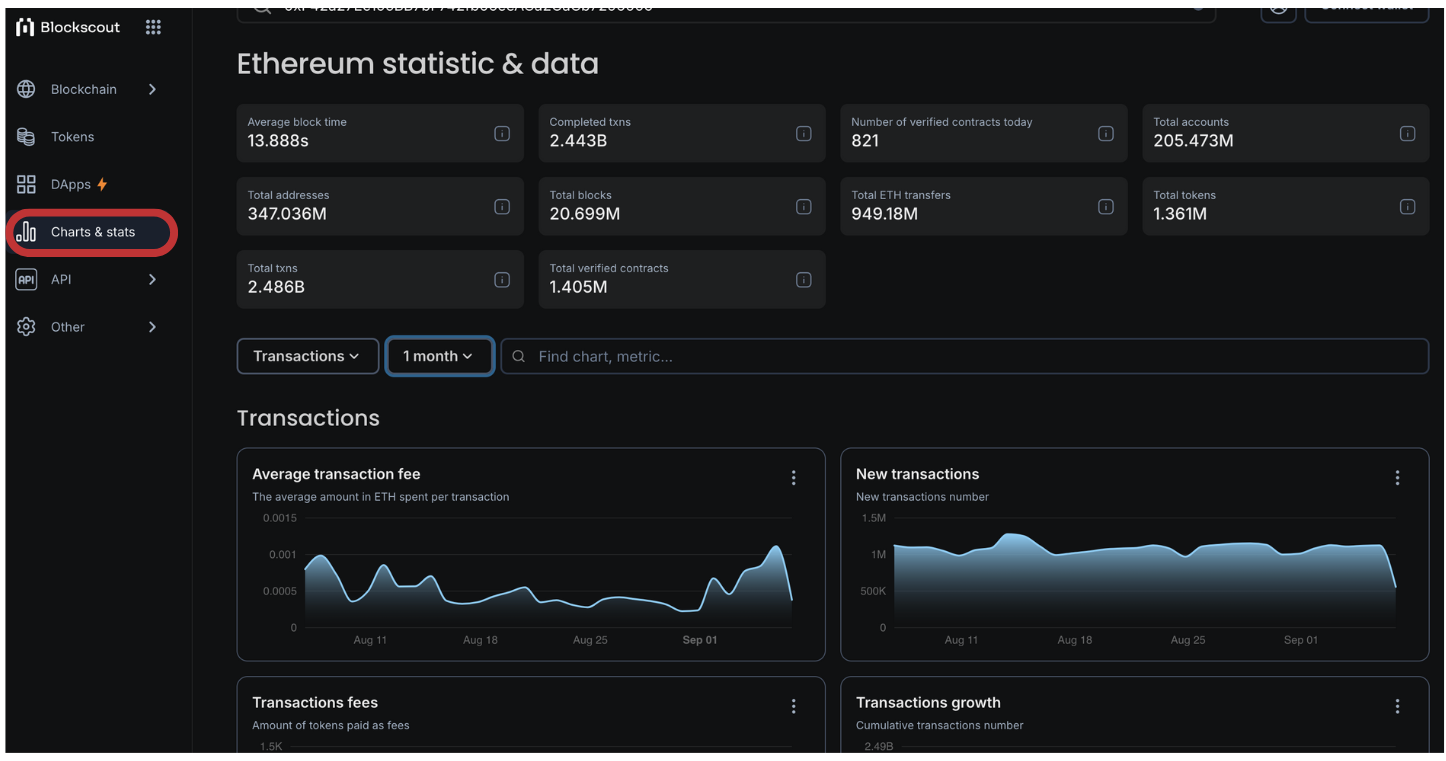
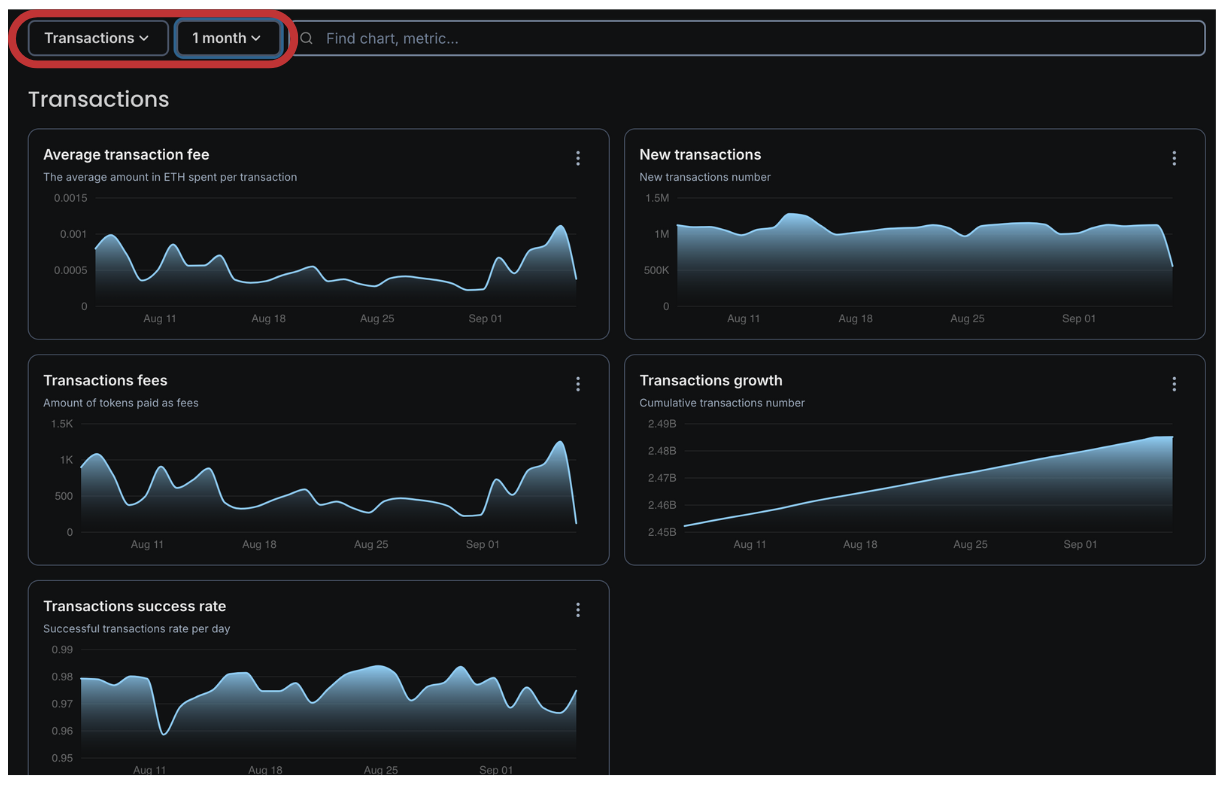
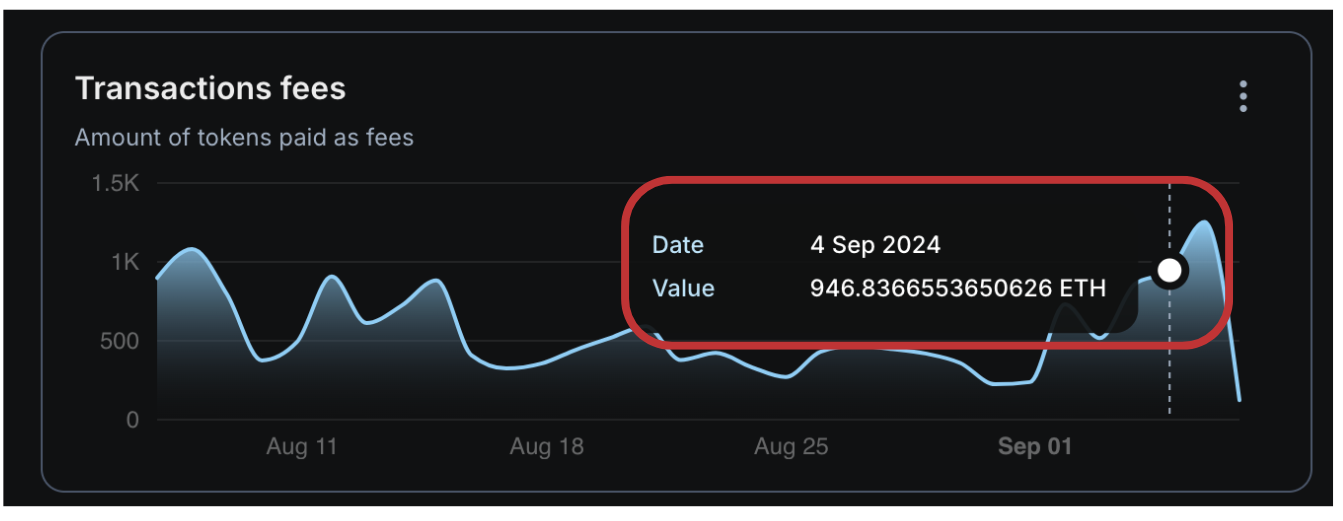
Looking up latest Block age/number update
-
Search for a particular address
-
Within the “Address Details” section, you can see the value for the “Latest Balance Update” signifying the latest Block by which you are viewing the transactions.
-
Clicking the “Block Number” will give you insight to the related transactions on a that block
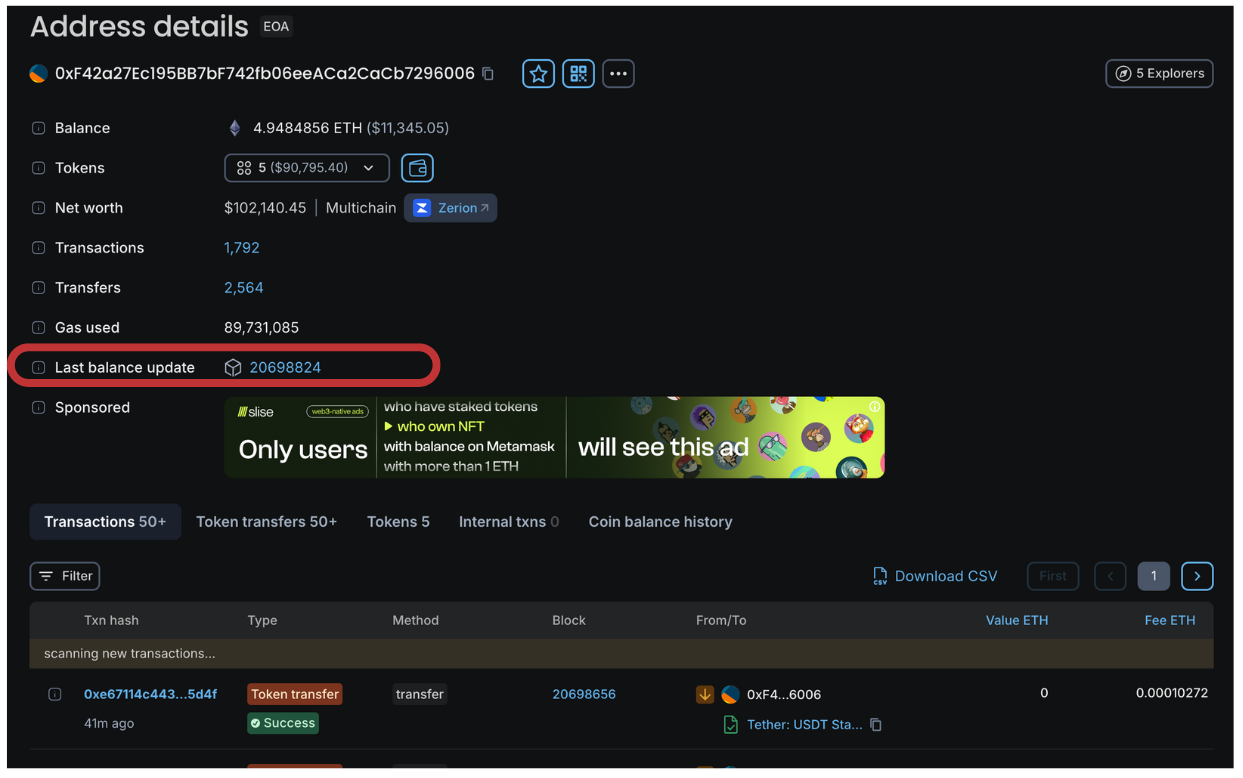
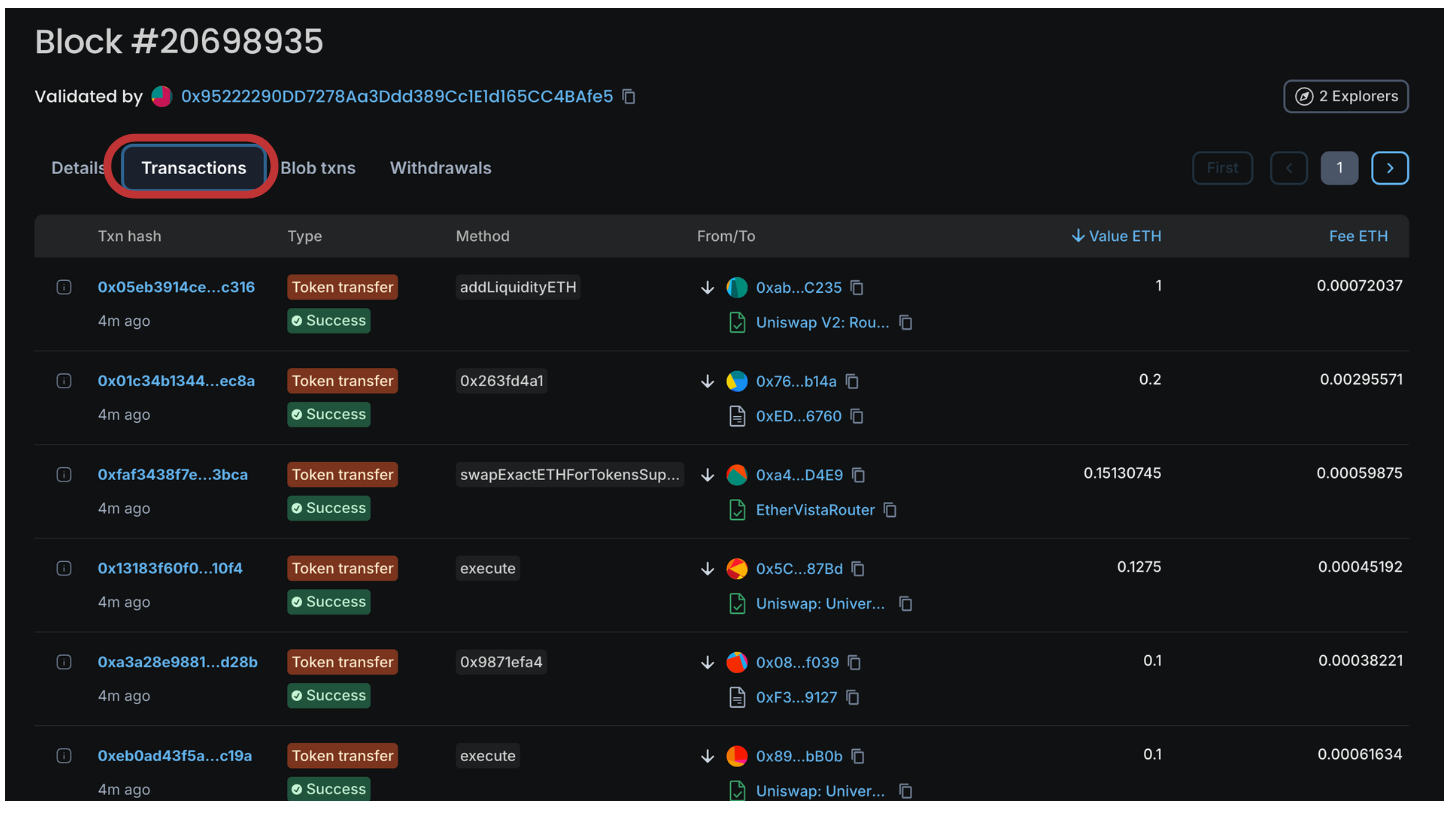
Download Transaction data for a given address
-
Search for a particular address
-
Above the transactions to the right, Click “Download CSV” to download a file of transaction data
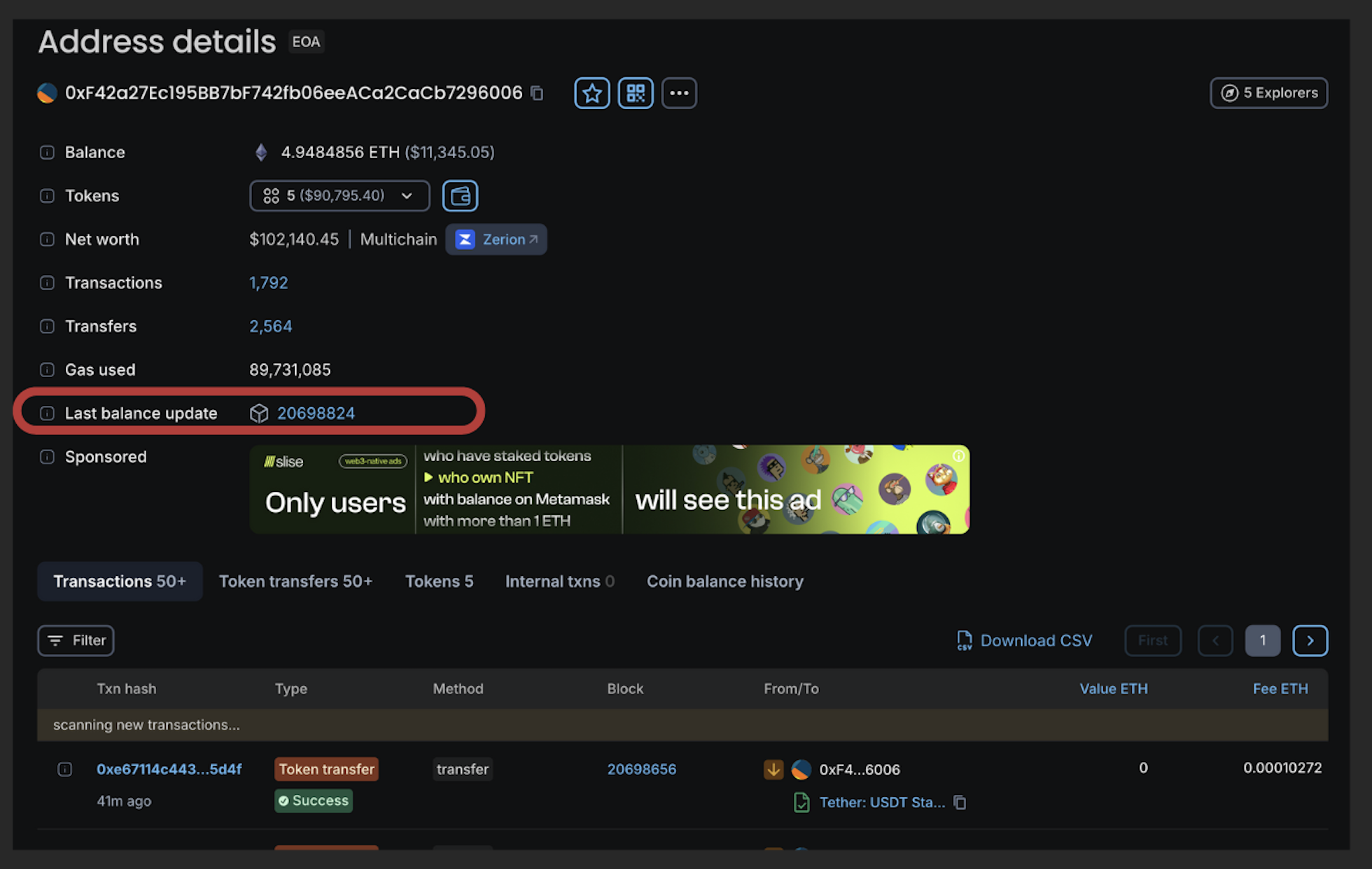
Top Gas limits per block
-
From the Blockscout Block Explorer page, Go to the “Charts and Stats”
-
Make sure the chart filters are set to “Gas” and “1 Month”
-
Scrolling down, hover over the “Average Gas Limit” graph to see the average limit on a particular day
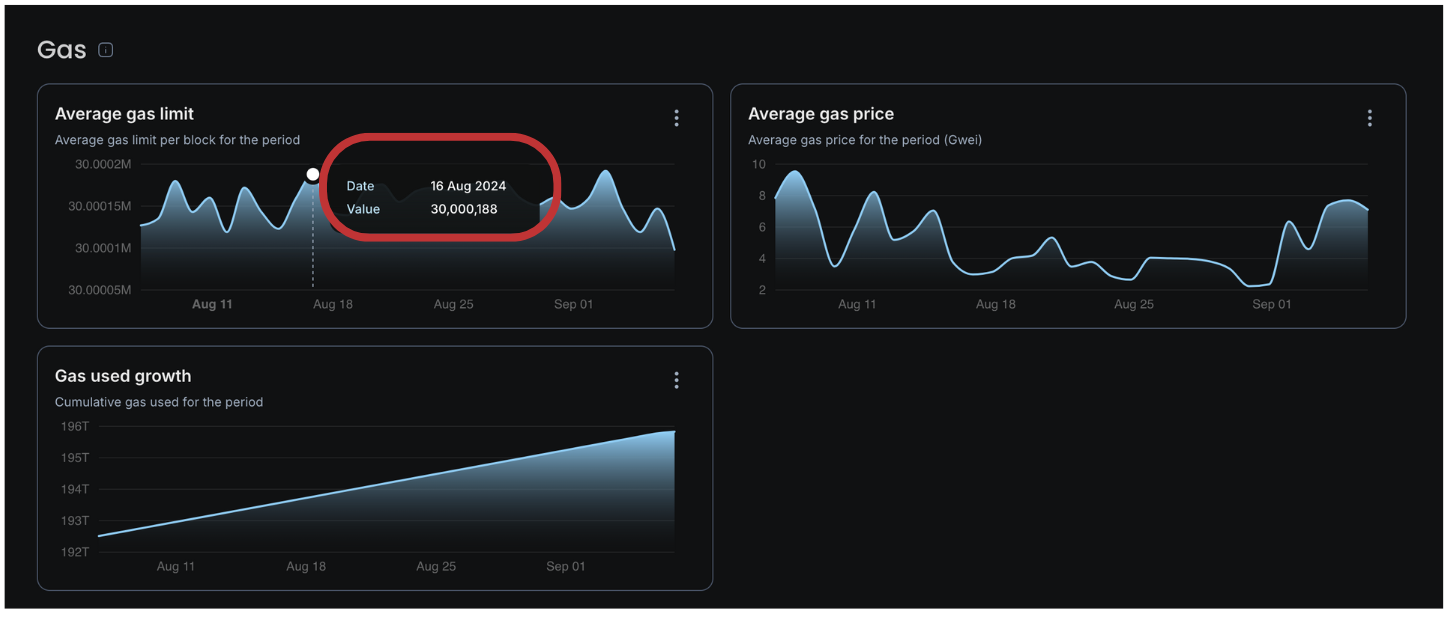
Mastering the use of block explorers is key to navigating the blockchain efficiently. By applying these pro-tips, you'll save time, enhance your accuracy in tracking transactions, and gain deeper insights into blockchain activity. With practice, these tools will become essential for staying informed and making smart decisions in the crypto space.




评论 (0)